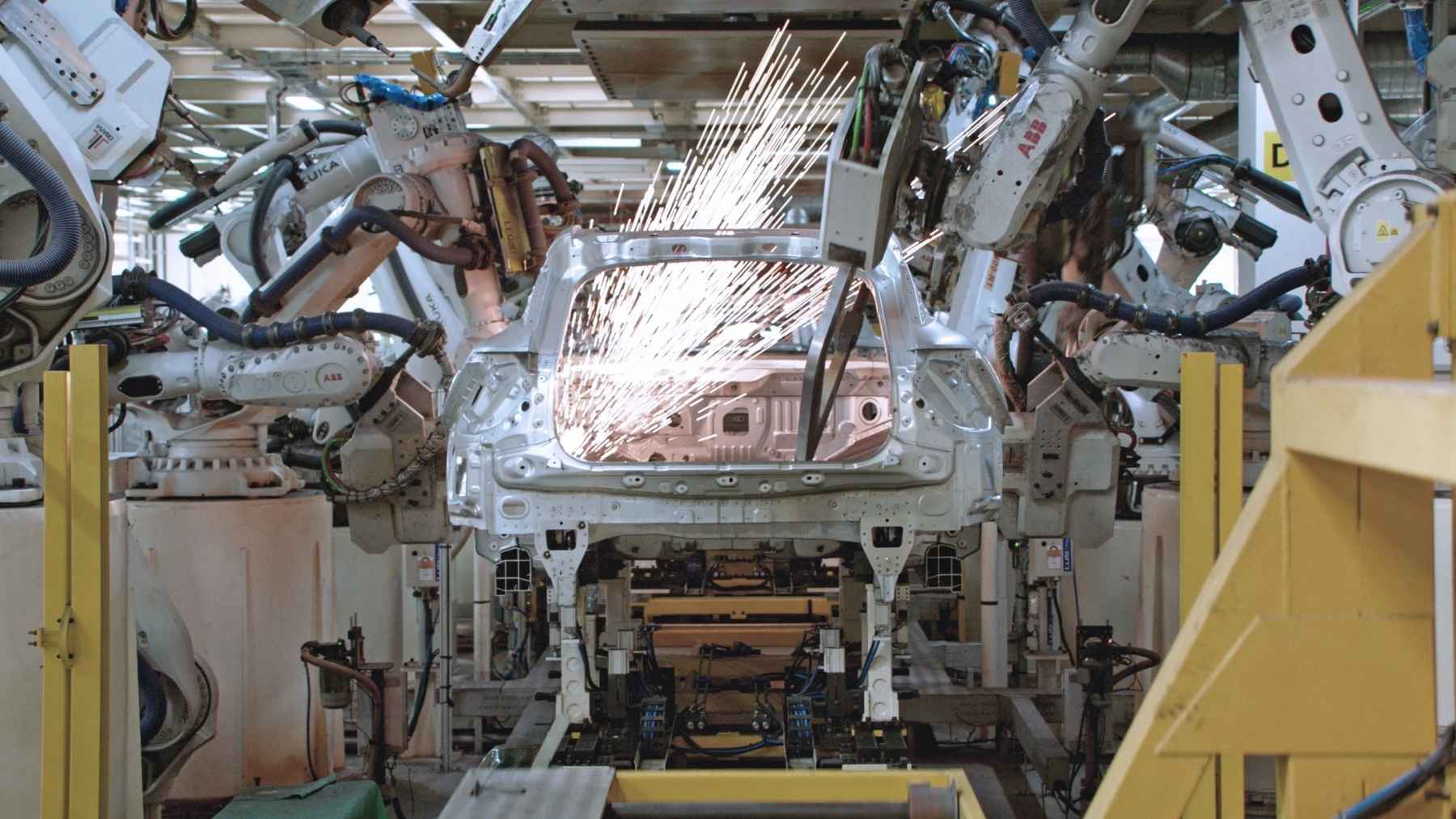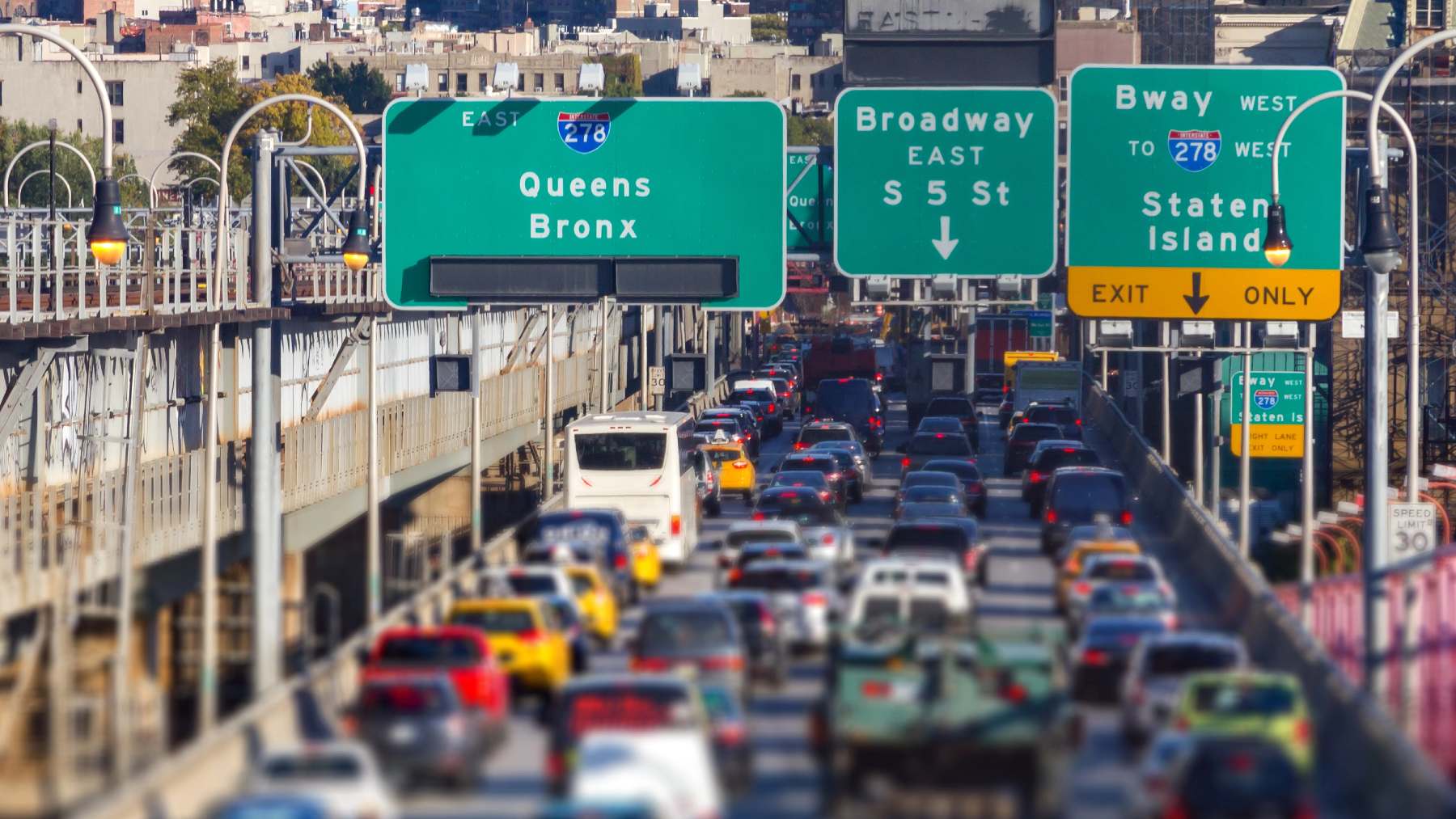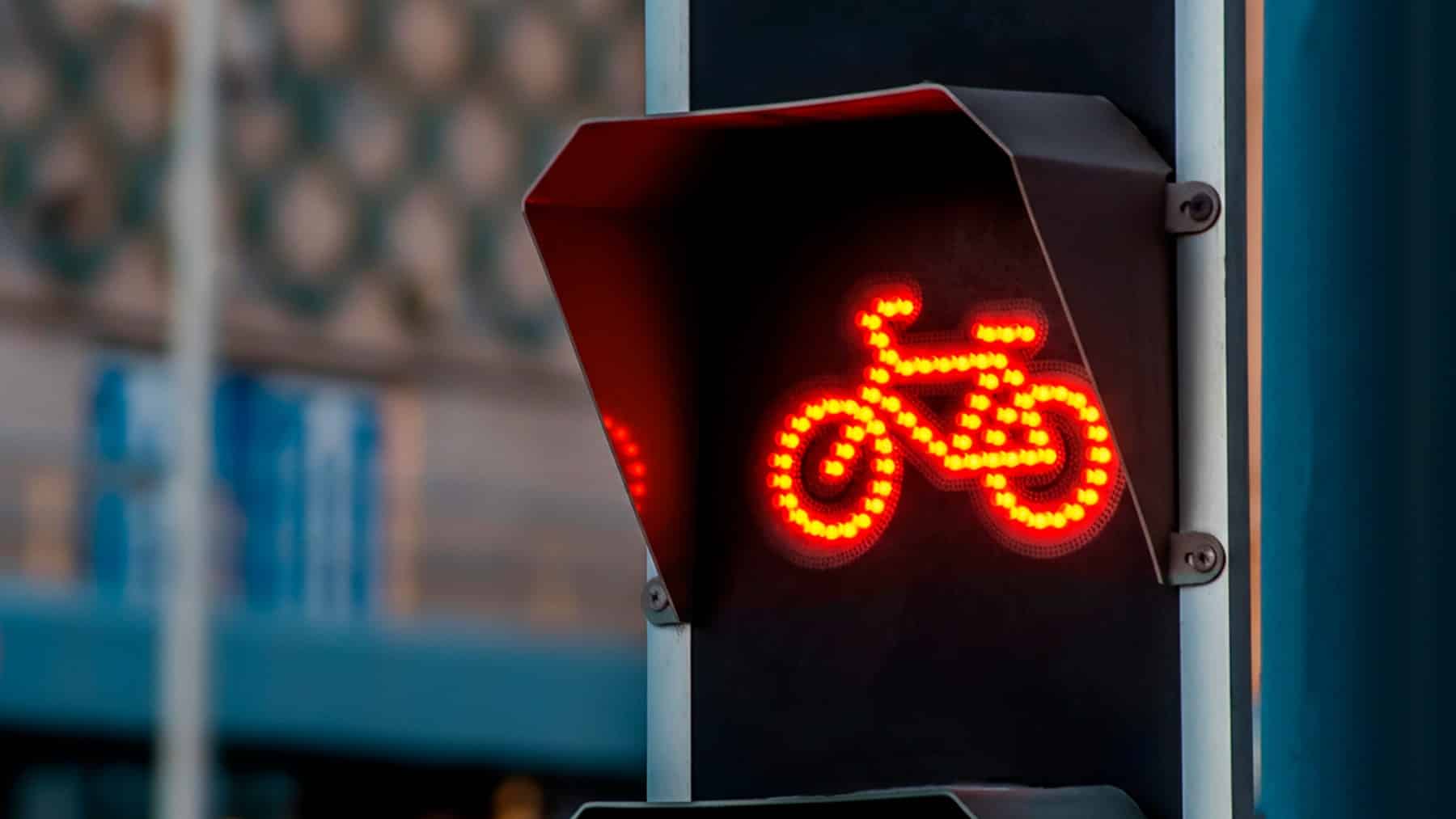As per the new law beginning from October 1, 2025, e-bikes will be redefined, so not every e-bike will be classified as an e-bike any longer. Connecticut is reassessing what can be seen as an e-bike, and as such, not every battery-powered two-wheeler will be seen in the same light. The law will affect riders, manufacturers, and sellers who will now need to consider speed, power, and proper labeling. The push is from the Connecticut General Assembly and pertains to redefining electric transportation laws so as to see that public transportation aligns with safety standards.
Connecticut is reclassifying e-bikes in the form of a system
The state has updated laws and is distinguishing between traditional e-bikes and those that are not traditional e-bikes. To date, many electric-powered bikes fall in somewhat of an unknown area. The e-bikes are now being categorized according to their battery wattage, presence of pedals, and speed.
According to the amended classification standards:
- E-bikes with batteries over 750 watts and no pedals are called motor-driven cycles, and these motor-driven cycles need a valid driver’s license to operate; however, registration with the Department of Motor Vehicles (DMV) is not necessary.
- E-bikes with batteries over 3,500 watts get classified as motor-driven vehicles similar to motorcycles. Such vehicles will be registered, insured, and the operator must have a motorcycle endorsement.
The main concern is tackling the problem of high-powered e-bikes that can go up to highway speeds that exceed 60 mph, and that too without any licensing requirements. Safety is being made a priority in the state.
The classification of e-bikes entails an entirely new labeling process
As per the new labeling requirement, all e-bikes that have been modified to increase speed must carry a label that discloses those changes. The point of the new labeling system is so that authorities and consumers can distinguish between standard models and models that have been modified. Another reason for labeling is that at present, the Connecticut State Police and local departments have found it hard to establish which bikes have been modified legally, and with this labeling rule in place, the authorities can be clear on the vehicle’s compliance at routine stops. It is up to retailers to ensure that all e-bikes sold align with legal standards and to make sure that such e-bikes are labeled accordingly.
Stronger enforcement of road safety rules in the state
With electric bikes becoming increasingly popular, the greener transportation alternative is gaining much attention. However, the increase in popularity has brought along some risks, more so in terms of traffic and safety regulations. Law enforcement officers have long struggled with cases of unlicensed rides and e-bike speed limits that were not safe. The older definitions could not address these occurrences on Connecticut’s roads.
The state is enforcing this newer legislation to protect cyclists, pedestrians, and the riders themselves. This e-bike regulation is part of the 90 new laws taking effect from October 1. While so many laws are being implemented, e-bike riders in the state must consider how electric mobility is defined. Connecticut is merely following the other states in terms of regulational adjustments. Rules pertaining to e-bikes and e-bike limits have been making headlines in many states as well and one state confessed that it has no playbook to apply the rules regarding e-bike limits.
E-bikers ready to embrace rules from October 1
According to Connecticut House Bill 6862, it seems all e-bikers in the state must adhere to the new labeling requirements . In classifying e-bikes, bikers need to know how to distinguish between high-speed motorcycles and even pedal-assist bikes. Legal trouble is on the cards if proper labeling rules are not followed. Nevertheless, Connecticut is making safety a priority while allowing the popularity of electric vehicles to grow. Citizens will have to learn these new labeling laws. While Connecticut is focused on e-bike labeling, a new e-bike limit is said to shock riders, as New York is struggling to figure out how to apply the new limit.














